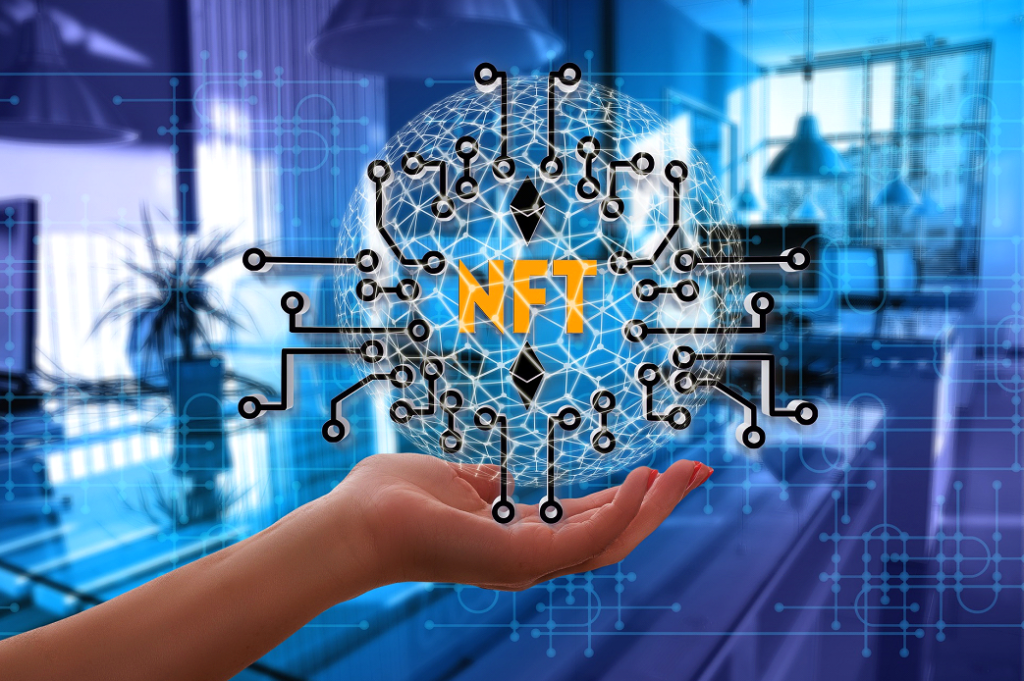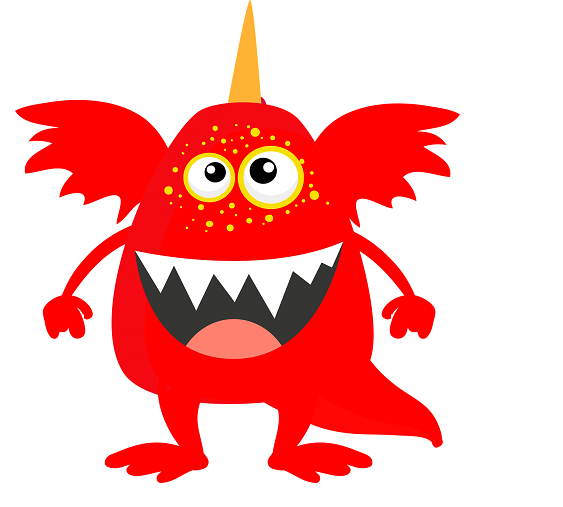In recent years, NFTs or non-fungible tokens have been making headlines in the world of digital art, music, and sports memorabilia. But what are NFTs and how do they work? This article will provide a comprehensive guide to understanding NFTs, from their history to their potential future.

What are NFTs?
NFT stands for “non-fungible token,” which means that it’s a unique digital item that cannot be exchanged for other identical items, like money or cryptocurrencies. NFTs are created using blockchain technology, which is the same technology that powers cryptocurrencies like Bitcoin and Ethereum.
Non-Fungible Tokens (NFTs) first emerged in 2017, with the launch of CryptoKitties, a blockchain-based game that allowed players to buy, sell, and breed unique digital cats. The concept of NFTs quickly gained popularity in the art world, where they are now used to verify ownership and authenticity of digital art and other unique digital assets. NFTs have also been used in the music industry, gaming, and sports memorabilia, among other areas. In 2021, the market for NFTs exploded, with high-profile sales reaching millions of dollars.
How do NFTs work?

To create an NFT, someone creates a digital file, like a piece of artwork or a song, and then uses a blockchain platform to “mint” an NFT of that file. This NFT is like a digital certificate of ownership for that specific file, which is recorded on the blockchain ledger. This certificate proves that the person who owns the NFT is the rightful owner of that specific digital file.
NFTs allow creators to monetize their digital assets in a way that was previously difficult or impossible. For example, a musician could create an NFT of a new song and sell it to a fan, who then owns the unique digital asset. The artist can then retain ownership of the original copyright, but the fan owns the only copy of that specific NFT.
Examples of NFTs
NFTs have been used to sell a wide range of digital assets, including art, music, virtual real estate, and sports memorabilia. The most famous example of an NFT is Beeple’s “The First 5000 Days,” a digital artwork that sold for $69 million at auction. Other examples of NFTs include virtual fashion, virtual real estate in video games, and digital collectibles such as player cards in sports.
Most Expensive NFTs in 2023
- The Merge by Beeple: a collection of 5,000 unique images created over 13 years, sold for $91.8 million.
- Everydays: The First 5000 Days by Beeple: a collection of digital art sold for $69.3 million.
- Clock by Grimes and Mac Boucher: a surreal digital animation with original music, sold for $52.8 million.
- HUMAN ONE by Pak: a complex, abstract, animated digital artwork sold for $28.95 million.
- CryptoPunk #5822 by Larva Labs: one of 10,000 unique 8-bit characters, sold for $23.7 million.
- CryptoPunk #7523: a female 8-bit character with green hair and sunglasses, sold for $11.75 million.
- TPunk #3442: a male 8-bit character with a purple beanie and blue earring, sold for $10.5 million.
- CryptoPunk #4156: a female 8-bit character with a red beanie and yellow earring, sold for $10.26 million.
- CryptoPunk #5577: a male 8-bit character with a blue beanie and gold earring, sold for $7.7 million.
- CryptoPunk #3100: a female 8-bit character with a blonde bob haircut and red bandana, sold for $7.58 million.
- CryptoPunk #7804: a female 8-bit character with a black beanie and silver earring, sold for $7.57 million.
- Ringers #109 by Fewocious: a colorful, fantastical digital artwork featuring a creature with a rainbow-colored mane and multiple eyes, sold for $7.1 million.
Unpopular Uses of NFTs
While NFTs have gained significant attention in recent years, there are still many lesser-known examples of their use. For example, some brands are creating digital fashion items that users can buy and own as NFTs. These items can be worn in virtual environments such as video games, social media, and virtual reality platforms. Additionally, Decentraland allows users to buy and sell virtual land as NFTs, which can be used to create virtual environments, such as virtual museums, art galleries, and concert venues.
The Evolution of NFTs
As NFTs continue to gain popularity and value, many experts predict that they will continue to evolve and expand into new areas. For example, some experts predict that NFTs could be integrated with social media platforms such as Instagram and TikTok, allowing creators to monetize their content and followers to own unique digital copies. Additionally, NFTs could be used in gaming to represent unique in-game items, such as weapons, armor, and vehicles. This could create new revenue streams for game developers and give players a new way to collect and trade virtual items.
However, as NFTs become more valuable, there may also be increased regulation from governments and financial institutions. This could affect the way NFTs are created, traded, and taxed.
Conclusion
In conclusion, NFTs are unique digital assets that use blockchain technology to prove ownership and authenticity. They allow creators to monetize their digital assets and give fans the opportunity to own unique and valuable digital items. NFTs are the art of the future and have the potential to revolutionize the way we think about digital ownership and collectibles.
